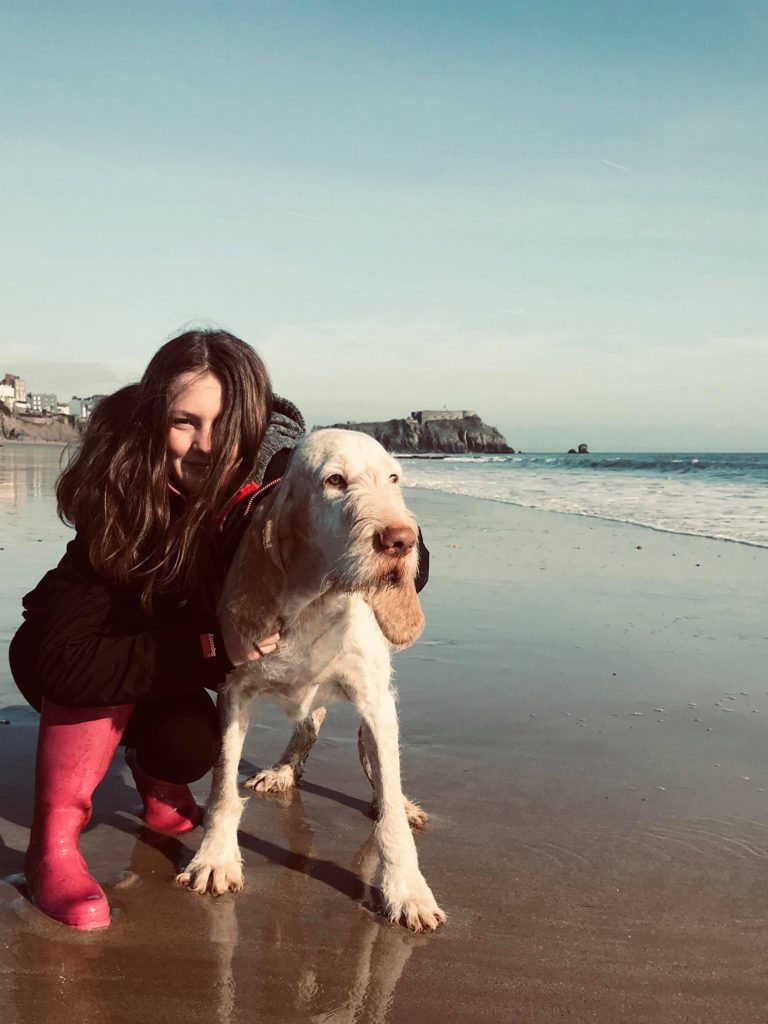
Resident Children:
A rescued dog from a kennel environment is not generally suitable to be placed with under-tens. The unpredictable nature of small children is not a good mix with a rescue dog of unknown background.
It is important to understand that the dogs have had a completely different life to one that’s lived in the UK. They usually are kennelled working dogs. They would normally live in an outbuilding and only be taken out to hunt. Having never lived indoors as part of a family, children can be completely new to them.
The majority do well with children once introduced to them carefully but this is not something that it’s possible to arrange for dogs in foster.
We understand that a child who is very used to dogs can be naturally very good with them. But in a household with resident young children, there will often be visiting young children around, who may not be so used to dogs.
“From a dog’s point of view, children communicate differently to adults; they cry, yell, shriek, crawl and run about flailing their arms. Dogs find it hard to understand children, and even harder to tell them when they want to be left alone!
Children often treat dogs as their peers; they hug, cuddle, hold and scold them. Children express affection for their family through close facial contact e.g. kissing. While this may seem sweet, a dog may find this threatening and it can be quite dangerous.
For these reasons, young children are more likely to be bitten than any other group”
– The RSPCA’s useful advice page.
Children of ten and up can be wonderful companions to the right dog and we have quite a few dogs in happy family situations with older kids.
For families with older children who want to adopt from us, it’s vital that they are confident in setting boundaries and giving appropriate guidance for both children and dog.
Visiting Children
Of course, many people have visiting children, and this is obviously easier to manage.
The situation when a child is visiting needs to be managed carefully with appropriate boundaries to each dog and each child.
Part of the responsibility the adopter takes on is that of introducing the dog to all the aspects of life that are new to it, and this includes children. It is difficult to provide guidance for this as the issues are so individual.
Some dogs instantly adore and understand children, but they still need supervising, as you would with any dog and child interaction.
But other dogs can need training to accustom them to children, and some may never be comfortable around them.
Equally, children need to be guided in their interaction with the dog.
And again, every situation is different, and it’s part of the responsibility that the adopter takes on, to find out what will work best for their particular situation, in a way that emphasises safety for both dog and child.
If you would like a general overview, the RSPCA’s advice is a good place to start. They have lots of good advice here on dogs and children.
https://www.rspca.org.uk/adviceandwelfare/pets/dogs/company/children
